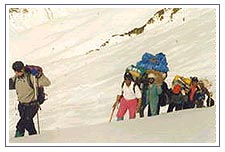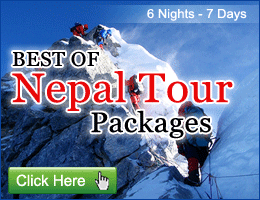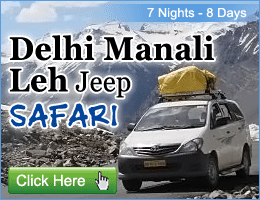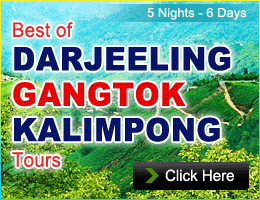
Because
of the vastness of the terrain and altitude difference, trekking trips can
be undertaken the whole year round. Treks range from low altitude treks in
winter to the crossing of high passes in summer when the snow line recedes.
It is also possible to combine all three-river running, trekking and
mountaineering. The conventional trekking periods preferred are mid-April to
May-June before the monsoon and after the rains in the months of September -
November.
Trekking is best enjoyed in small groups
not exceeding eight or ten. This also allows the hillside to regenerate.
Larger parties create administrative problems and pollute the hillside. It
is advisable to be medically examined before starting, hence narrowing down
the possibility of altitude sickness. The first aid kit should include basic
medicines and bandages for cuts and burns, headache, nausea, constipation,
Diarrhea, sore throat, eye lotion and Diuretics.
Cold cream should be applied liberally before the day's walk. Running
water from a stream should be used and washing done well downstream of
campsites. Above all it is essential to acclimatize and keep one's own
comfortable pace; allow for time to 'stand & stare' and
heighten one's perception by some prior reading on the area.
A firm rucksack with broad straps sleeping
bag, foam mattress, comfortable walking shoes, rainproof (anorak), torch,
matchboxes, umbrella and water bottle are essential.
Personal clothing, including woollen shirts,
pullovers, T-shirts, shorts, leather jacket, long-johns, socks, personal
toilet items, camera film, should be included to suit the duration and
altitude bags to collect and carry away garbage.
This is
possible through the standard insurance companies. The IMF, Air force and
the local authorities should, as far as possible, be kept informed of the
route to facilitate rescue.
As a rule, firewood, including driftwood, should be
strictly avoided in the interest of preserving the thin mountain topsoil.
Kerosene should be brought from the point of origin. Purchase of food should
likewise be done as close as possible to the mountain districts where goods
have to be hauled by road over long difficult terrain.
Four routes inside the inner line the local district
magistrate's permission or that of the Central Home Ministry is
necessary in advance. For foreigners, crossing the inner line is not
permitted. Treks upto 4,900 m. can also be undertaken with prior permission
from the IMF provided no peak is attempted. Camera permits are also
necessary.
Trip Grading (Grade Description)






 Because
of the vastness of the terrain and altitude difference, trekking trips can
be undertaken the whole year round. Treks range from low altitude treks in
winter to the crossing of high passes in summer when the snow line recedes.
It is also possible to combine all three-river running, trekking and
mountaineering. The conventional trekking periods preferred are mid-April to
May-June before the monsoon and after the rains in the months of September -
November.
Because
of the vastness of the terrain and altitude difference, trekking trips can
be undertaken the whole year round. Treks range from low altitude treks in
winter to the crossing of high passes in summer when the snow line recedes.
It is also possible to combine all three-river running, trekking and
mountaineering. The conventional trekking periods preferred are mid-April to
May-June before the monsoon and after the rains in the months of September -
November.